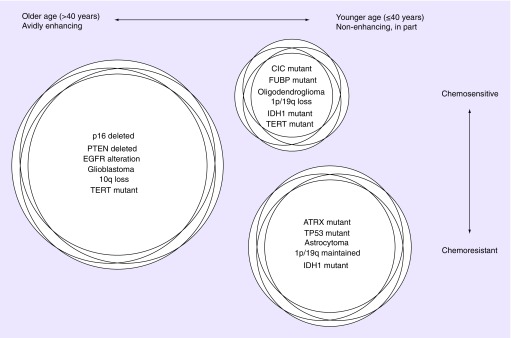Figure 1. . Concurrent molecular genetic alterations identify glioma subgroups.
Three groups of adult diffuse gliomas are identified, each characterized by distinct and largely non-overlapping molecular genetic features. The most common group is typically found in older patients, with TERT promoter mutation in the absence of IDH gene alterations, and characteristic “glioblastoma” histology. The second most-common is found in younger adults, with concurrent IDH, TP53 and ATRX alterations and astrocytic histology. The least common, oligodendroglial tumors, are found in patients between the two extremes of age, with IDH and TERT promoter mutations, along with 1p/19q-codeletion. Oligodendroglioma and glioblastoma, to a lesser degree, have been proven to derive clinical benefit from treatment with chemotherapy. Astrocytic tumors do not have a similar evidence base.

